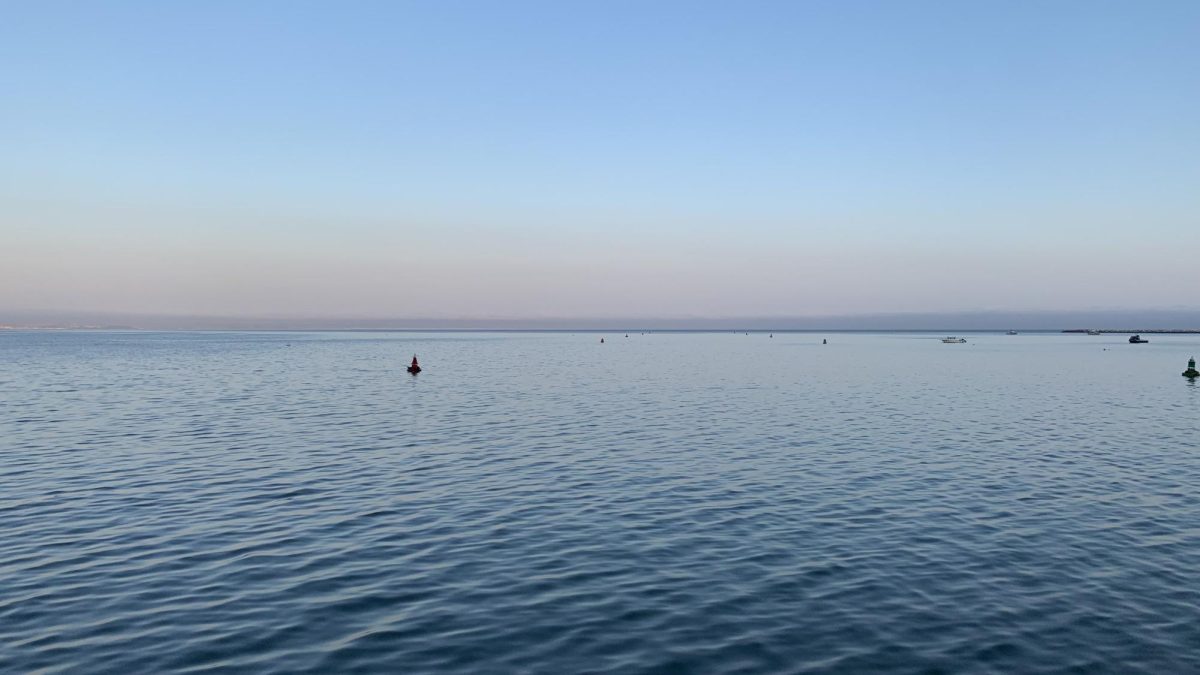Off the coast of California, millions of sea animals used to swim freely with no restrictions. Whales, Dolphins, and seals were once not threatened by extinction and human interaction. Now, every day is a fight to survive with increasing temperatures, fishing, and pollution. Luckily for these sea animals, there are now many volunteers and facilities to help these animals when in danger.
There are various locations on the West Coast, with the nearest being The Channel Islands Marine and Wildlife Institute located in Goleta, Pacific Wildlife Care located in Morro Bay, and The Marine Mammal Center located in San Francisco. These facilities, while spread out, serve a large amount of land and ocean.
Volunteers at all three locations range from high school students to veterinarians to highly trained divers who will take action when needed. At The Channel Islands Marine and Mammal Center (CIMWI), many volunteers are students at CSU Channel Islands and UCSB or retired people looking to do good for the environment and animals.
“There are maybe on any given day or year 4-5 veterinarians. Everybody else, we’ll have technicians or veterinary assistants. Other than that it’s just people that care, they care about the environment,” volunteer and veterinarian Jake Bryan said.
One of the leading motivators for many of the volunteers is the experience of seeing an animal get rescued. Large amounts of volunteers are needed, as rescues are prevalent across the coast of California.
“On the beach they see something or they see someone do a rescue and chat with them. And then they get that information from them and then it goes from there,” Bryan said.
It’s not all fun and games with volunteering. In some rescue cases, law enforcement and officials get involved due to misconduct with animals and human interaction, potentially leading to the animals’ injury.
“We were taking x-rays on an animal that we saw, probably a couple of weeks ago, and there was nothing really wrong with him, it was just more let’s get some diagnostics to figure out. It [a sea] actually had a BB, a metallic ballistic under its skin. It wasn’t causing any kind of harm or an issue but that’s human interaction even though that’s not why the animal was there. Now that is something that we have to report even though we didn’t know it was there to begin with,” Bryan said.
Luckily this seal has been rehabilitated, preventing further harm from either natural predators or humans, but many marine animals aren’t so lucky. While people may want to rush over and rescue the animal themselves, it is best to keep a distance from the animal and call a local rehabilitation center.
“Regardless of any kind of animal, sea animals, and sea lions especially, because they look pretty cute and cuddly like elephant seals and things like that but the biggest thing is that it is nice for us to just observe wildlife from a distance because if they are sick they are going to respond,” Bryan said.
Once someone has called about the distressed animal, the rehabilitation plan begins. A hotline response volunteer will come to where the injured animal was spotted, and generally create a boundary surrounding the potentially injured animal. Assessment of the area is the next step, and the determination of whether or not to remove the animal right away depends on the number of humans in the area.
“If [the sea animal] look[s] okay we will monitor and set up a perimeter. And say if someone sets up a perimeter at 12:00 they’ll come back before the high tide rolls in or the sunset to check on the animal. The majority of the time the animals are gone by the time we get back but if they weren’t that can warrant a rescue at that point,” Bryan said.
Rescues for whales are different from those of smaller sea mammals. Sometimes, the rescues require certified divers to properly rescue the animal. There are five levels of verification one can get for saving marine life with the highest being level five. On the West Coast, there is no level 5 certified divers, making rescues difficult in some cases.
“Usually they will place a buoy on them and even a tracking device. In terms of a radio transmitter and so that creates drag to slow the animal down a little bit. And then somebody might go out the next day and look for them with their transmitting equipment and try to locate them and see if they can put another buoy on to slow the animal even further. And sometimes they will make a move in terms of trying to cut them free if they can safely,” Bryan said.
There are a large number of rescues that occur along the coast of California. With various rehabilitation centers located up and down the coast of California, it should be easy for someone to report an injured animal.
If you see an injured animal in your local area, please call the local number.
Santa Barbra – Ventura – (805) – 567- 1506 Channel Islands Marine and Mammal Institute
San Francisco – 415) – 289 – 7325 The Marine Mammal Center
Los Angeles County – (310) – 548 – 5677 Marine Mammal Care Center








